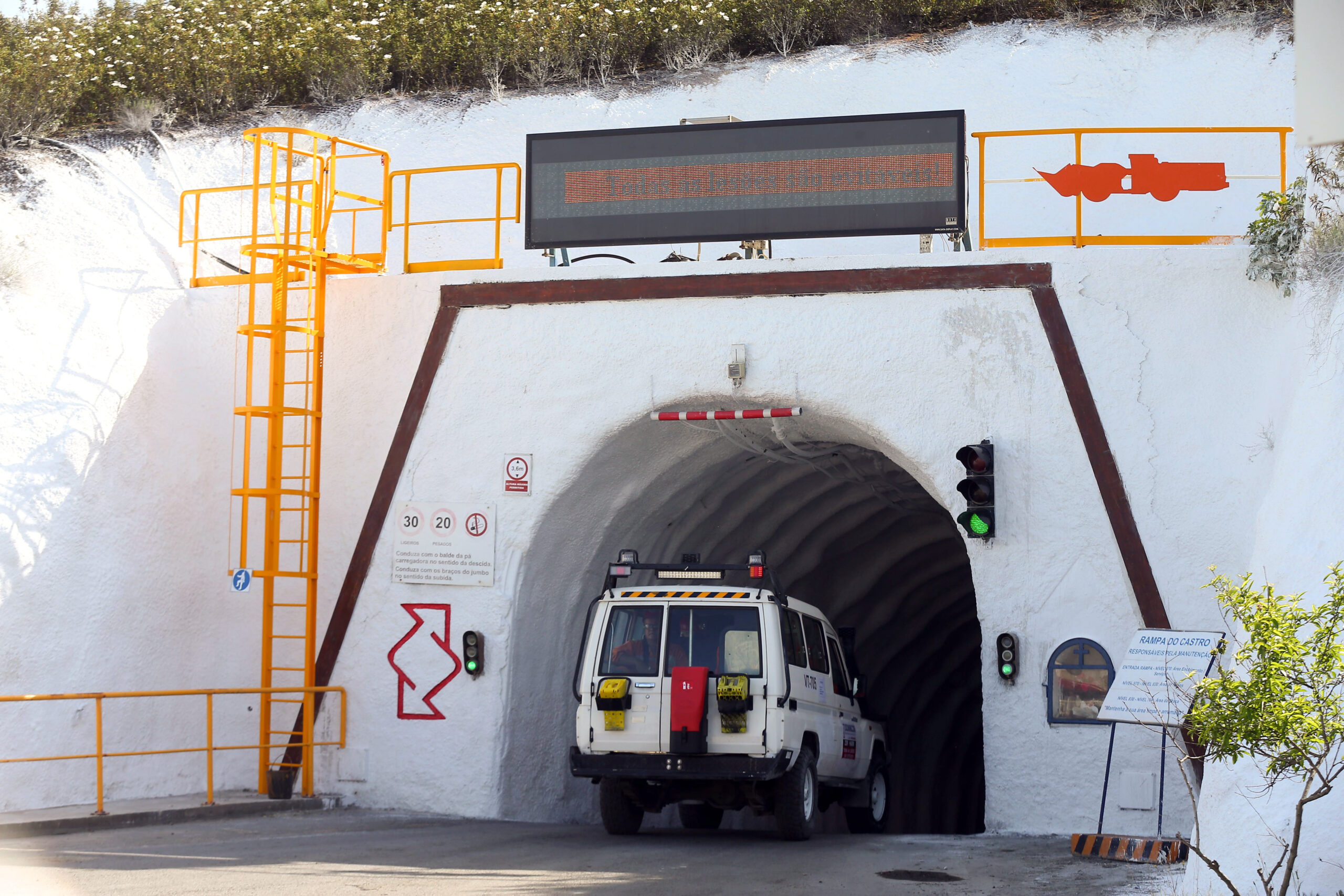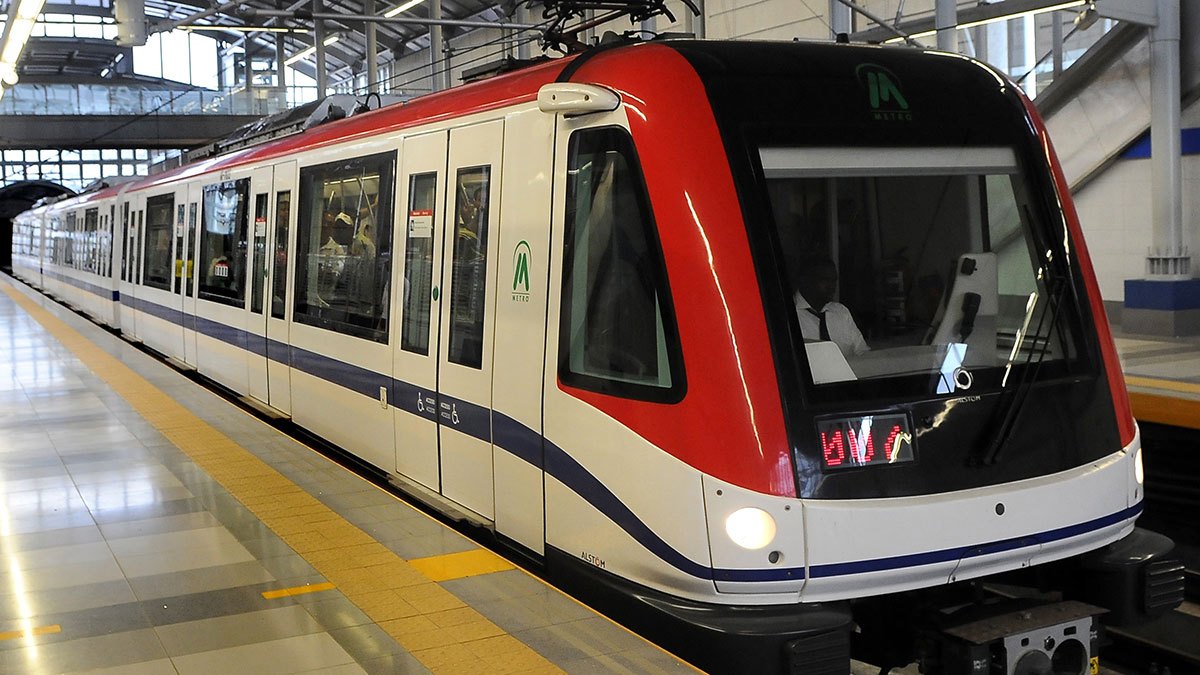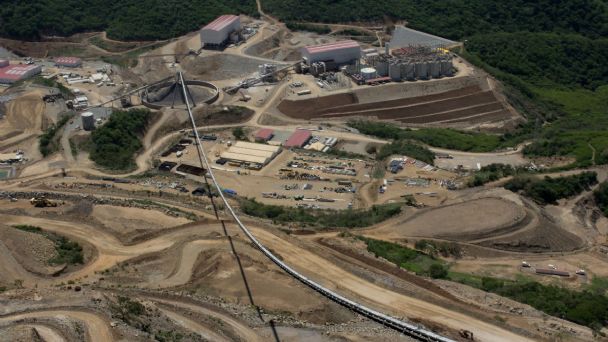
Newmont Ghana Gold Limited is determined to take the lead in both delivering shareholder value and implementing a far-reaching corporate social responsibility strategy. Adriaan van Kersen, group executive, operations for Africa, talks to Jayne Flannery.
Golden days are here to stay it seems. The global financial crisis might be receding from news headlines, only to be replaced by a new, explosive situation in the Middle East. Soaring oil prices can only impact on inflation, creating even more volatility in world markets. In times of uncertainty, investors seek safety and the recent turmoil has shown that there is nowhere safer than gold. And not only is gold a safe haven, but the precious metal still offers great growth potential.
“We think that gold has tremendous staying power as a forward-looking investment,” states Adriaan van Kersen, group executive, operations for Africa at Newmont Ghana Gold. “Loose monetary policy in the US and abroad, plus the unresolved sovereign debt crises in many countries is set to keep investment demand strong for a long time to come.”
Demand is booming, but there are no signs, or likelihood, of an imminent bust in the cycle. There has never been a better time to be in the gold production business and Newmont Mining Corporation is one of the largest producers in the world. Celebrating its 90th anniversary this year, Newmont also is notably the only gold company included in the S&P 500 Index and Fortune 500. Headquartered near Denver, Colorado, the corporation has more than 34,000 employees and contractors worldwide.
“As a corporation, we have operations on all five continents, but the most exciting opportunities of all are in Africa at present,” van Kersen continues. “Africa is the best growth story in our portfolio and Ghana is a key focal point of our operations. Last year, we produced approximately half a million ounces of gold at below industry average costs and the West African region can only gain in importance when some of our regional projects are brought online in the near future.”
Newmont is also exploring for gold in Ivory Coast, Burkina Faso, Guinea and Mali. But for the moment van Kersen is preoccupied with Ghana, where the Ahafo Mine is the jewel in the crown. The first gold left the mine in 2006 and taking it from a greenfield site to full production required an $800 million investment.
Ahafo still has a great deal more gold to give up. The series of open pits that make up the mine produced 138,000 ounces in the last quarter of 2010. This year, Newmont will spend between $15 million and $20 million on drilling at Ahafo North to better understand the extent of the current deposit, which is already known to contain at least three million ounces of gold in reserves.
“Our team at Ahafo did an exceptional job last year producing more ounces than budgeted through greater productivity in the mill, as well as bringing online the Amoma pit earlier than expected. We are especially excited about our Subika Pit expansion project there,” says van Kersen. “This is set to extend the overall mine life of Ahafo and should lead to incremental ounces being produced. Lower grade ore from the open pits will be replaced by higher grade from the underground, which will add incremental production beyond the current 500,000 ounces per annum.”
To date, open pit mining has been the norm. The Subika deposit provides the opportunity to move operations underground, which raises new challenges, but it also offers new rewards as the underground section of the pit offers the highest grade of ore yet seen. “Good ground and hydrology conditions have allowed us to advance the project ahead of schedule and we are currently working to complete the site’s operating permit,” van Kersen reveals. “Exploratory work is well underway and we have already completed 2,800 metres of lateral and decline development.”
With the potential to produce from Ahafo North as well as from the Subika UG, there is also an opportunity to expand the milling capacity of the Ahafo South mill or to add a mill in Ahafo North. “It will become clearer which direction we will take as we go through the various phases of our capital approval process,” van Kersen says.
Ghana is also home to the Akyem deposit, which lies in the Eastern Region. This is West Africa’s largest undeveloped gold reserve and the next major project in Newmont’s portfolio. “Production from Akyem, combined with the Subika expansion, will bring production in our Africa region up from about 500,000 ounces today to possibly more than a million ounces. Most of the major engineering works are now in place, and we are just waiting for final approval from our Board. We expect to start production in late 2013 to 2014,” van Kersen says.
The Ahafo operation and the Akyem development project comprise about 20 per cent of Newmont’s worldwide gold assets, highlighting the importance of Ghana to the company. Equally, Newmont Ghana is a major contributor to the country’s economy: it generates nearly 10 per cent of the nation’s total exports; 4.5 per cent of its total foreign direct investment; and 1.3 per cent of the country’s GDP. Since recently extending operations at Ahafo, the company now directly employs more than 5,000 people; meanwhile, ten times this number of people benefit from indirect and induced employment.
Van Kersen believes that the company’s stellar performance record to date is intrinsically linked to its determination to be at the forefront of best practice in corporate social responsibility. “One of our major strengths in Ghana is that through extensive and innovative stakeholder engagement, our operations have strong support within the host communities,” he explains.
“It is our belief that we can achieve a win-win scenario for everyone through our presence in Ghana. We recently commissioned Professor Ethan Kapstein of the INSEAD Business School in Paris to undertake a socio-economic impact study of our activities. The study he produced—the Ahafo Economic Impact Assessment—clearly shows that the communities around the mine have made tremendous strides forward at many different levels, while nationally, our contribution to the overall economic wellbeing of Ghana is very apparent.”
Newmont in 2010 ranked 16th on Corporate Responsibility(CR) magazine’s 100 Best Corporate Citizens List. This ranking follows on from Newmont’s renewed selection in 2010 to the prestigious Dow Jones Sustainability World Index for the fourth consecutive year. In 2007, Newmont became the first gold company to join the DJSI World.
“We want to act as a catalyst for bringing information technology, communications, education, technology transfer, human resource development, supply chain benefits, electricity, skills training, and better healthcare to the country,” states van Kersen. “Within our concession areas, we are working to operate and develop these mines in the most responsible way that we can in order to make a significant contribution to local employment and economic growth, as well as improve living conditions for local people.”
In December 2005, Newmont declared and has made good on its commitment that $1 of every ounce of gold sold and one per cent of annual net profits from the Ahafo Mine would be set aside for investment into a fund known as the Newmont Ahafo Development Foundation. The foundation provides for grass roots directed sustainable development projects in the neighbouring communities. The structure and modalities of disbursement of the foundation’s funds was determined by the Ahafo Social Responsibility Forum. The forum has 55 members, including traditional leaders, elected officials, the regional minister, government, community group representatives, local NGOs and Newmont itself. The forum, which along with the foundation board decides how money accruing to the fund can best be invested, is the key instrument enabling host communities to identify and participate in the implementation of sustainable development initiatives.
So far, the fund has attracted $5 million to improve the lives of local people. Fifteen community projects are underway in eight districts and more than 1,000 scholarships have been awarded.
The company also operates a number of four-year apprenticeships targeted at young local people. “Of course we want to increase local employment—our goal is to increase local employment in the Ahafo area to 50 per cent by 2016,” says van Kersen. “However, we don’t think that providing jobs and money alone goes nearly far enough. We believe we can also use our influence to take Ghana forward in other ways. For example, the fund’s activities focus on human resource development, infrastructure, social amenities, economic empowerment and support for cultural heritage and jobs. We also want to help plan for the long term when mine life is complete, so a portion of the fund is retained each year and reinvested to insure long term growth and sustainability beyond the closure of the Ahafo Mine,” he adds.
In another initiative, Newmont Ghana’s Ahafo Linkages Programme is designed to maximize procurement from local Ahafo businesses. This programme won the majority of the awards at the 2010 Chartered Institute of Purchasing & Supply UK Procurement Awards for the African continent. The programme, which is operated in partnership with the International Finance Company (IFC), was the leading award-winner with three awards for Best Community Procurement and Best Supplier Diversity Project, while Newmont Ghana’s manager for local supplier and contractor development, George Brakoh, was named the Best Procurement Professional of the Year. He was judged to have made the most effective contribution to his organisation in terms of innovation, leadership, knowledge sharing and team-building.
The Best Community Procurement award was given based on the role Newmont’s supply chain management had played in enhancing the company's reputation and brand values, while using its procurement role to bring about social and economic change.
Meanwhile the Best Supplier Diversity Project highlighted work undertaken by Newmont to work with local suppliers and small and medium sized enterprises, engaging them in supplier development programmes. This award praised Newmont's achievements in increasing the employment, profitability and revenue generation of local suppliers while at the same time not over-exposing local suppliers to unnecessary commercial risks.
“We were very encouraged that our efforts at creating income and employment opportunities for local businesses in and around the Ahafo area and substantially improving the environment for local business development have been recognised at an international level,” van Kersen comments.
Newmont Ghana also strives to make an impact with its own workforce. Site safety and safety awareness are the first priority and van Kersen is proud of Ahafo’s outstanding safety record; but he is also keen that the mine works with its staff on other more personal themes. Last year, the Global Business Coalition on HIV/AIDS, Tuberculosis and Malaria voted Newmont Ghana as a leading company in the worldwide fight against HIV/AIDS and malaria prevention. The coalition of 200 organisations, which includes the United Nations, placed Newmont’s internal health education programmes top in the Workplace HIV/AIDS and Malaria categories.
In future, van Kersen hopes to repeat Ahafo’s community successes at Akyem and also in Guinea, where the company has secured concessions to explore the one million tonne, world-class iron ore deposits in the Nimba area. “We have plans for projects in other countries, but Nimba is the most immediate, and we will invest $70 million into the next development phase during 2011,” he states.
The site will be developed through a joint venture with co-owners, BHP Billiton. Newmont is currently working with the Guinean and the Liberian governments on infrastructure and transport agreements, as well as putting in place a framework for future environmental and social responsibility programmes.
“It is at an early stage, but this project is not new to Newmont. We acquired this asset back in 2002 and expect to begin a pre-feasibility study by mid-2011. It is a perfect example of an asset in our portfolio that is undervalued, and it represents an excellent opportunity to expand our operations in Africa. Nimba definitely warrants further investment, both in terms of financial capital and human resources,” he says.
Van Kersen is convinced that the real success story of Newmont in Africa is yet to come. “Huge opportunities still await that we are extremely well positioned to take advantage of,” he declares. “The close focus on production and cost management in our portfolio has given us a very strong balance sheet, and we now have the ability to deliver the greatest cash flow leverage per share of any gold company in the world. This gives us the flexibility to fund exploration, which is by far the cheapest source of new reserve growth. It gives us the confidence to return capital to shareholders and it supports our transparent, proactive and innovative approach to environmental and social responsibility. It also allows us to consider investments in opportunities like Nimba that offer the potential for real returns. Our project pipeline is both broad and deep, and we believe it has yet to show its true value,” he concludes. http://www.newmontghana.com/













